
|
|
|
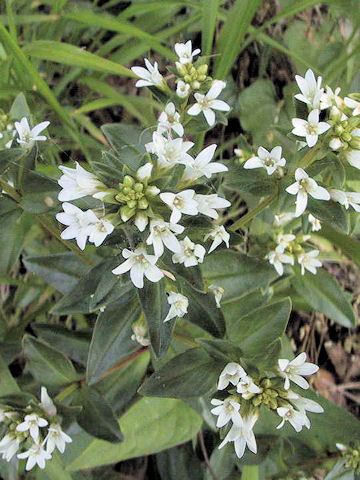 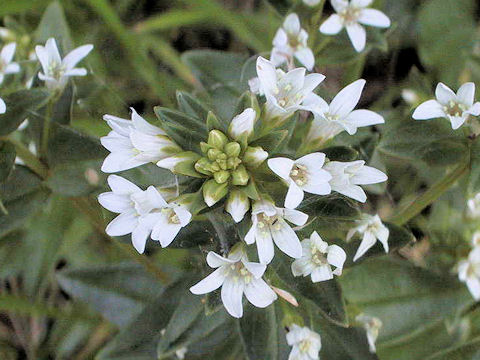 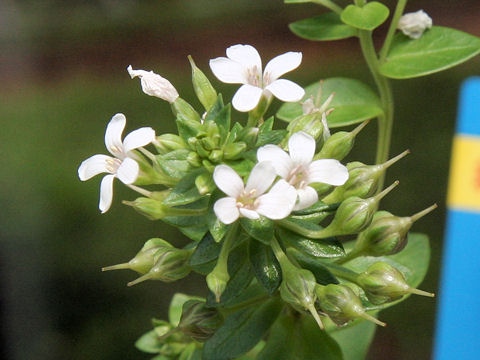 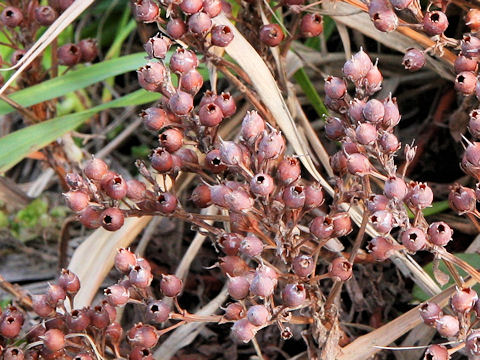 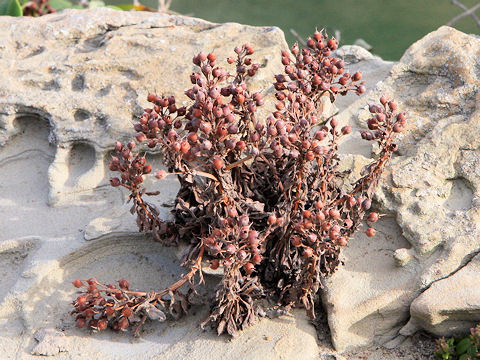 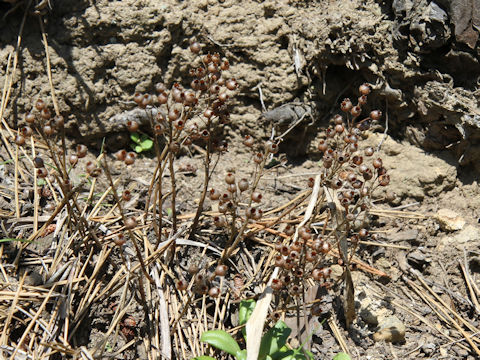 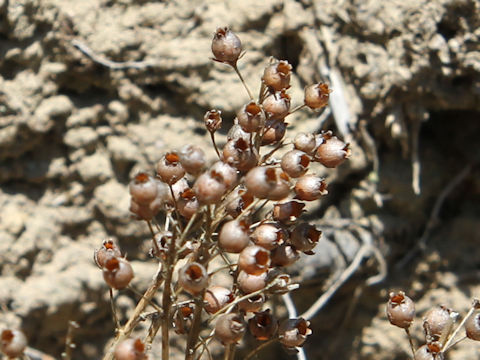 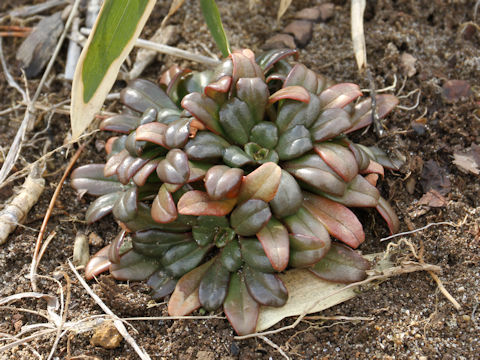 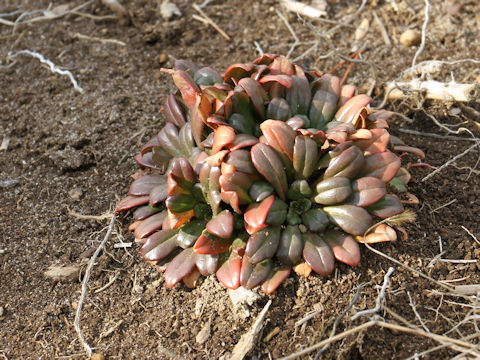 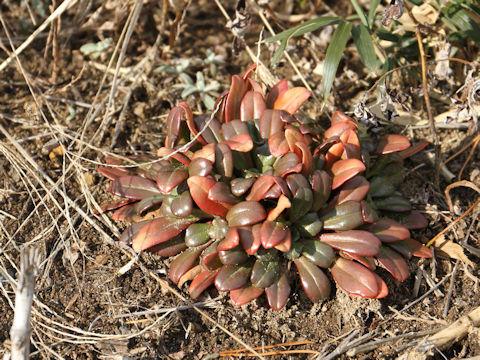 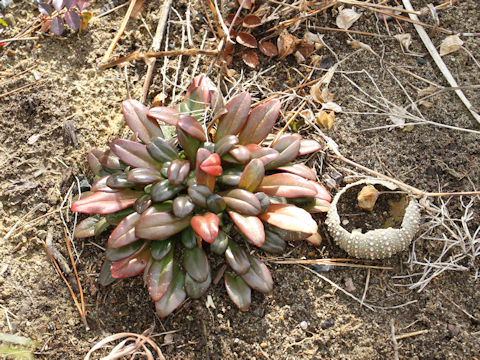 |
|
|
|
わが国の各地をはじめ、東アジアから南アジア、太平洋諸島に分布しています。海岸の岩場などに生え、高さは10〜40センチほどになります。葉は卵状楕円形で光沢があり、互生します。5月から6月ごろ、茎頂に総状花序をだし、小さな白色の花を咲かせます。花冠は深く5裂します。和名は、花序のかたちを払子(ほっす)に見立てています。払子(ほっす)とは、仏教の導師が使う装身具で、ヤクや馬の尻尾の毛を束ねた「はたき」みたいなもの。台湾華語では「茅毛珍珠菜」、中国語では「濱海珍珠菜(bin hai zhen zhu cai)」と呼ばれます。 |
|
|
サクラソウ科オカトラノオ属の二年草で、学名は Lysimachia mauritiana。英名はありません。 |
|
|
The "Hama-bossu" (Lysimachia mauritiana) belongs to Primulaceae (the Primrose family). It is a biennial herb that is native to Japan, East Asia, South Asia and the Pacific Islands. This herb grows in coastal scrags and it can reach 10-40 cm in height. The leaves are ovate-elliptic, glossy and alternate. The racemes are borne on the stem apices and bloom small white flowers from May to June. The corolla is 5-partite. The Japanese name "hossu" refers to the shape of the inflorescence. A hossu is a trinket used by Buddhist priests, similar to a hataki, which is a bundle of hair from the tail of a yak or horse. In Taiwanese Chinese, it is called "茅毛珍珠菜", and "濱海珍珠菜" (bin hai zhen zhu cai) in Chinese. |
|
|
[上・中1] 和歌山市大川にて、2002年06月04日撮影。 [中2] 茨城県つくば市「つくば実験植物園」にて、2009年05月23日撮影。 [中3・中4] 千葉県銚子市「犬吠埼」にて、2007年10月11日撮影。 [中5・中6] 茨城県北茨城市「五浦海岸」にて、2014年08月02日撮影。 [中7〜9・下] 福島県南相馬市鹿島区「海老浜」にて、2020年01月24日撮影。 |

|
|
Shu Suehiro |